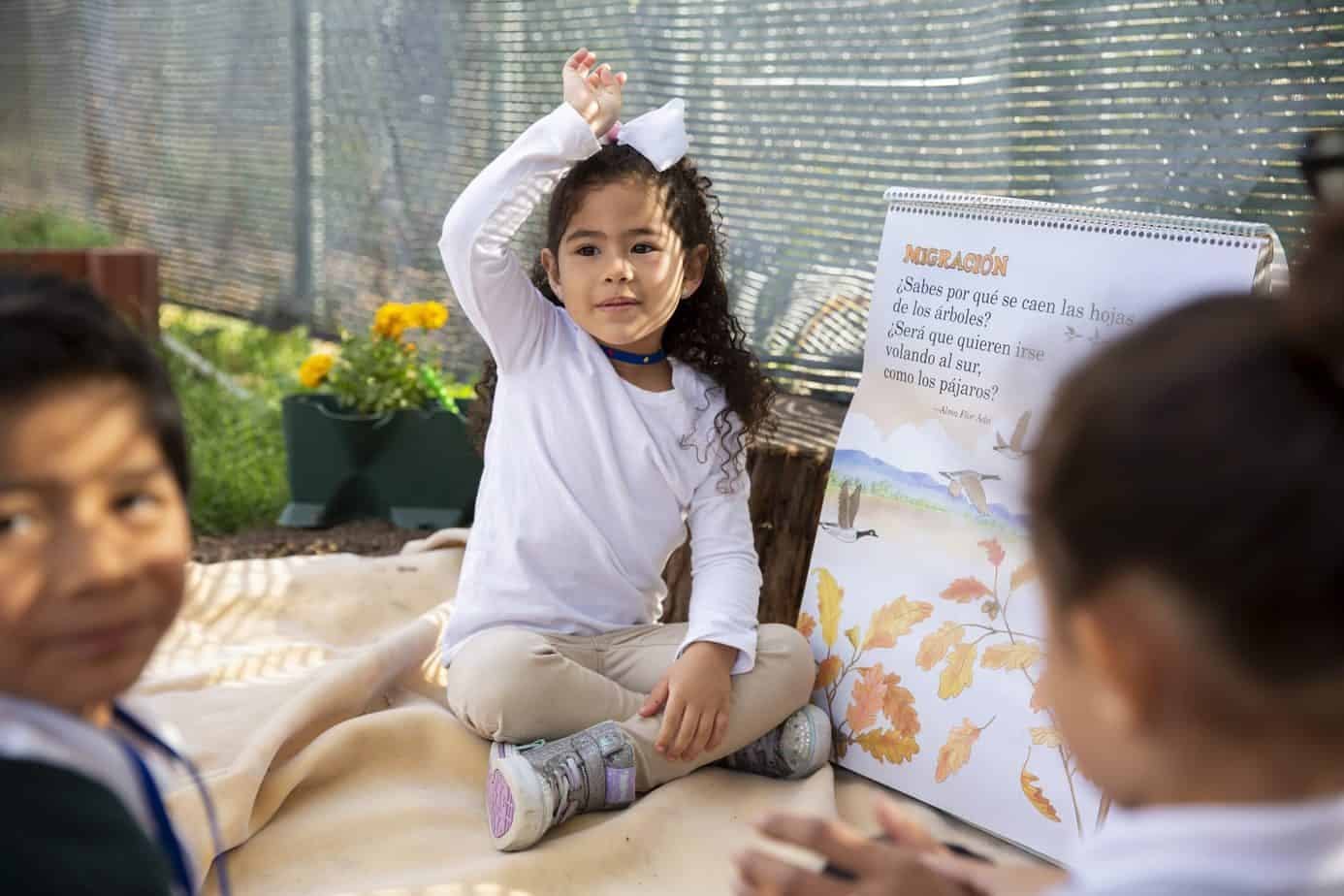California Should Invest in Training to Help Educators Better Serve Dual Language Learners
By Dr. Anya Hurwitz, Executive Director, Sobrato Early Academic Language Model (SEAL) & Vickie Ramos Harris, Director of Educational Equity, Advancement Project California
A new report from the Sobrato Early Academic Language (SEAL) finds that teachers of the state’s youngest children are eager to learn new strategies to help them support multilingual students. Building an Effective Early Childhood Workforce: The Need for Professional Development for Educators of Dual Language Learners (DLLs) shows that high quality, professional development makes a difference in building teachers’ knowledge and skills to be able to support DLL children, who now make up more than 60% of young children in California.
In 2018, California allocated $5 million in grants for professional development focused on DLLs. As a grant recipient, SEAL, a non-profit organization dedicated to centralizing the needs of DLLs and English Learners, provided a robust professional development series in partnership with four county offices of education, 20 school districts, and one community-based organization. Though a portion of the grant period took place during the pandemic and some sessions had to be moved online, over 360 early childhood educators and administrators across California participated, serving almost 4,000 children.
SEAL’s training and resources emphasized the importance of home language development while acquiring English, which research shows is more effective than an English-only approach for DLLs.
Teachers themselves shared how this training had a big impact on their development and, equally important, on students’ learning.
“I’ve seen a tremendous difference in the teachers who are participating in SEAL. Everything changed…The parents were involved, the teachers were overly excited, which I loved, and the students were really learning.”Educator from San Bernardino
After analysis of the professional development efforts, five key findings emerged:
- Stronger Instruction: Educators deepened their understanding and increased their use of effective instructional practices for DLLs.
- Greater Capacity: SEAL fostered regional capacity and infrastructure to support DLLs.
- Expanded Reach: Virtual learning expanded the reach of training opportunities.
- Great Demand: There is a great need for professional learning that is multilingual and that frames biliteracy as an asset.
- Must Address Barriers: Demand for professional learning is high, but structural barriers exist to providing effective professional development for early childhood educators.
These findings indicate that California needs to prioritize investments in high-quality teacher development so that early childhood educators can adequately support their DLL students. In addition, professional development needs to be sustained, which means that policymakers must address structural barriers to providing that training by tackling issues related to time, substitute teachers, and funding. Furthermore, regional infrastructure and partners should be utilized to support early childhood educators. Training needs to be flexible and include virtual options — this becomes even more crucial during a pandemic. Finally, the state needs to invest in models like SEAL that support and value biliteracy. Children thrive when their teachers build from their existing cultural and linguistic assets. Demonstrating the values of biliteracy should be built into the training models.
California’s future success depends on how well we support DLL students as they progress through school, yet most early educators have not received the specialized training they need to ensure that their students flourish. The DLL Grant Brief confirms that investing in high-quality, professional development focused on DLLs works. Furthermore, it sends the message that more is needed and that our ECE educators welcome this type of support to ensure California’s DLLs are thriving.
